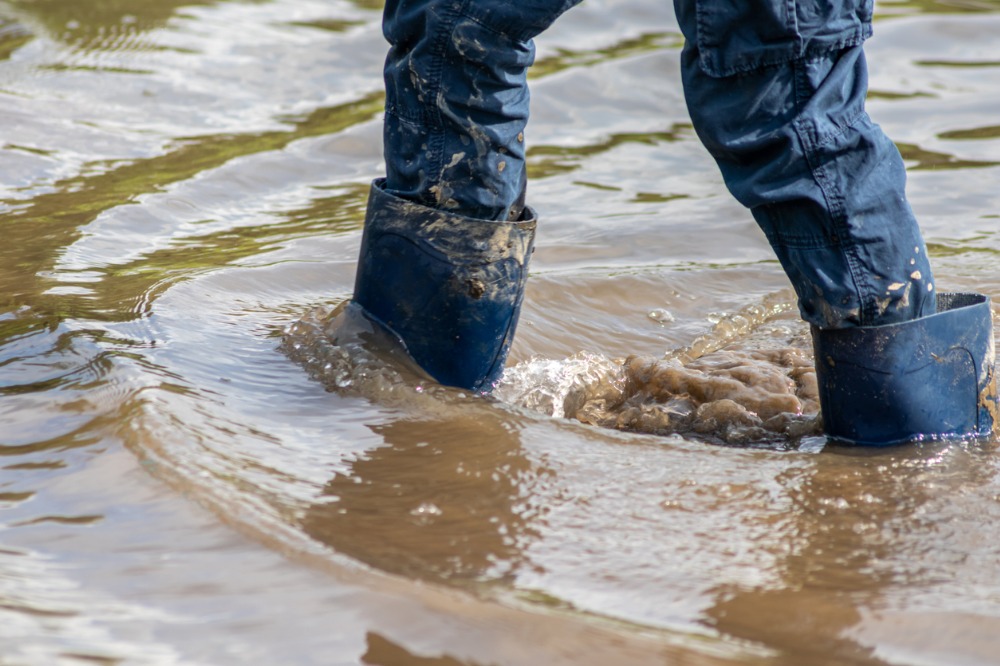More than 1,000 Gisborne properties removed from list of flood risks

More than 1,000 Gisborne properties removed from list of flood risks | Insurance Business New Zealand
Catastrophe & Flood
More than 1,000 Gisborne properties removed from list of flood risks
Under the provisional categories, 770 would still need flood protection
Catastrophe & Flood
By
Kenneth Araullo
Over 1,000 Gisborne properties have received a reprieve from the list of flood risks. However, the state of residents in the Tai Rāwhiti region are still uncertain with the risk categories still in a provisional state.
The Gisborne District Council has recently updated property-specific maps on their website, and this move has seen large swathes of land being removed from the at-risk list following thorough assessments, including sections of bare land. These bare sections at the outset of the process were part of a cautious approach adopted by the council.
A report from the RNZ said that 770 homes under the still-provisional categories known as the “Future of Severely Affected Land” (FOSAL) classification have been identified as requiring some form of flood protection to ensure their safety for habitation. This could entail measures such as stop banks, raised foundations, or alternative protective measures.
An additional 51 properties are currently classified as provisional category three, indicating that the risk of future flooding is too high to permit habitation. In such cases, the only recourse for property owners would be to participate in the government buyout scheme, which will provide compensation for homeowners.
Some homes still subject to limitations
Despite being spared from the flood risk list, Gisborne District Council sustainable futures director Joanna Noble said that the options for future home construction on such land would still be subject to limitations within the building consent process. In most instances, any granted building consent would likely come with specific conditions, such as a minimum finished floor level.
Noble also said that there is a possibility of the potential placement of a “section 72” designation on the property, which would absolve the council of responsibility for future claims related to identified natural hazards. This, in turn, could affect the property owner’s ability to secure insurance coverage.
“Many areas impacted during Cyclone Gabrielle already have some form of natural hazard overlay in the Tairāwhiti Resource Management Plan (TRMP), which means that specific policies and rules apply to land use and development,” Noble said.
What are your thoughts on this story? Please feel free to share your comments below.
Related Stories
Keep up with the latest news and events
Join our mailing list, it’s free!






